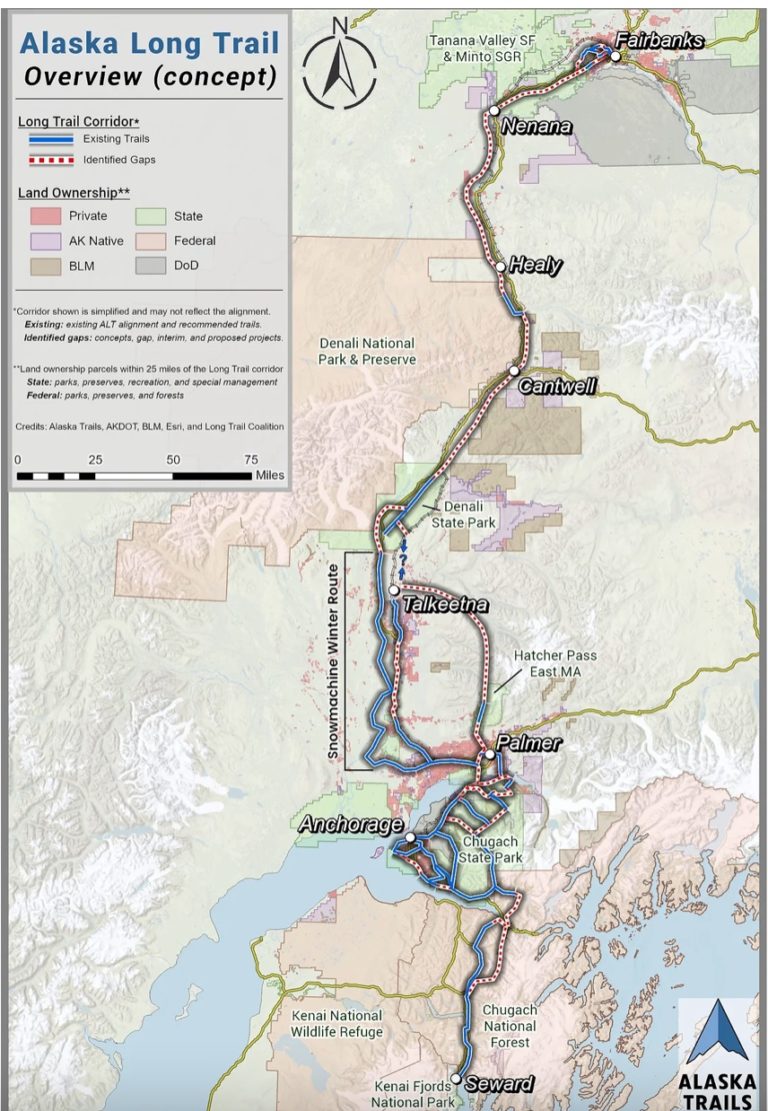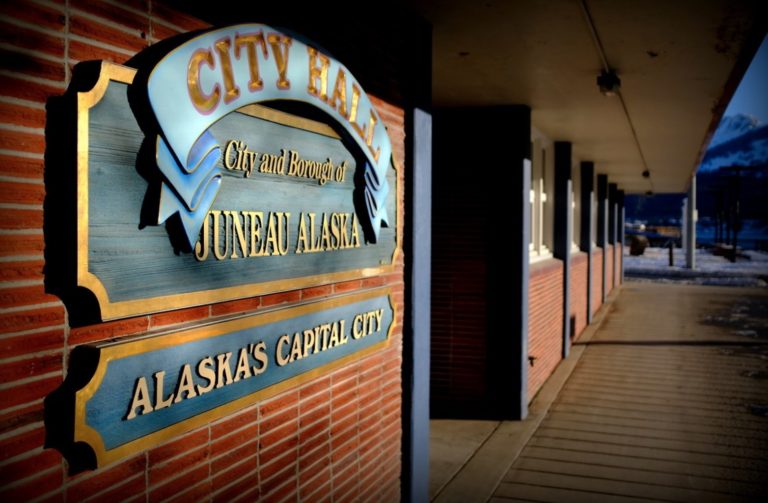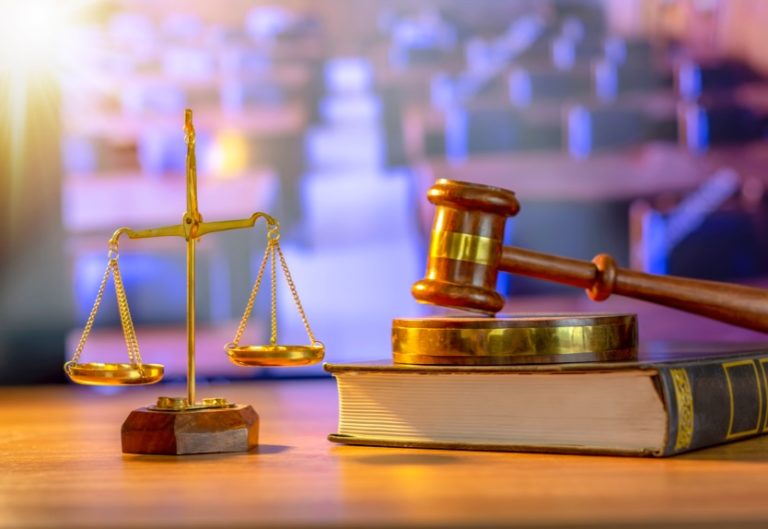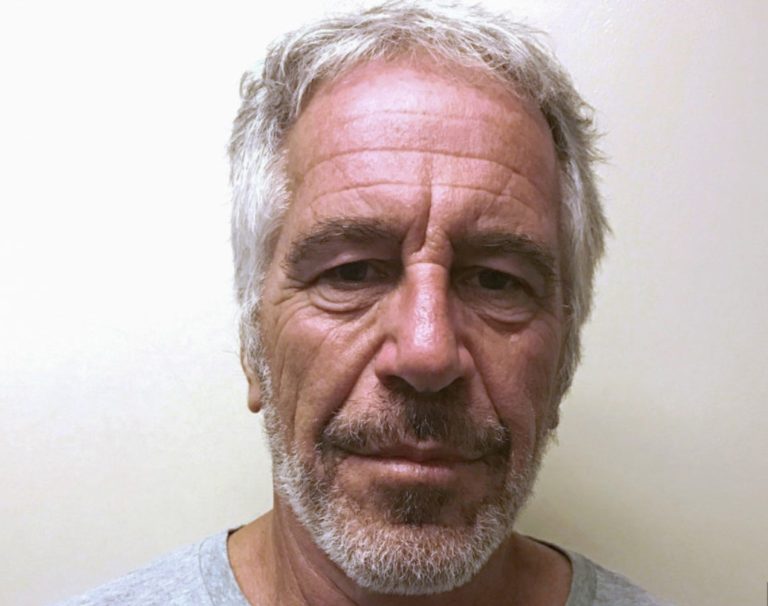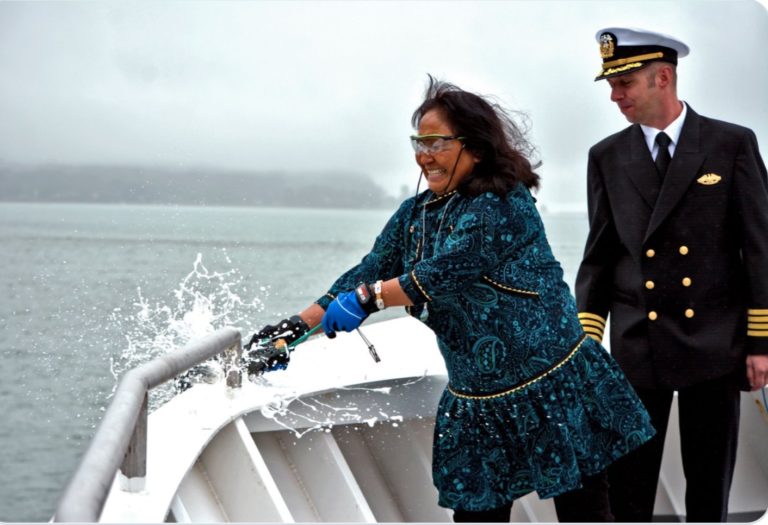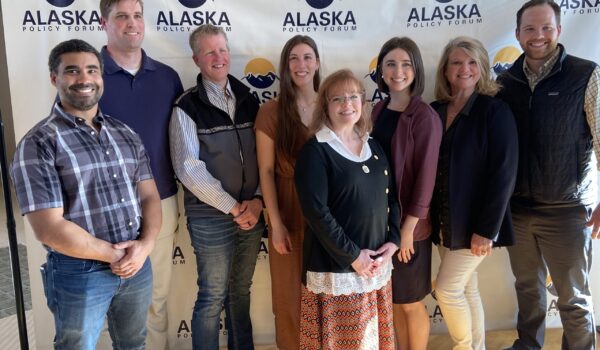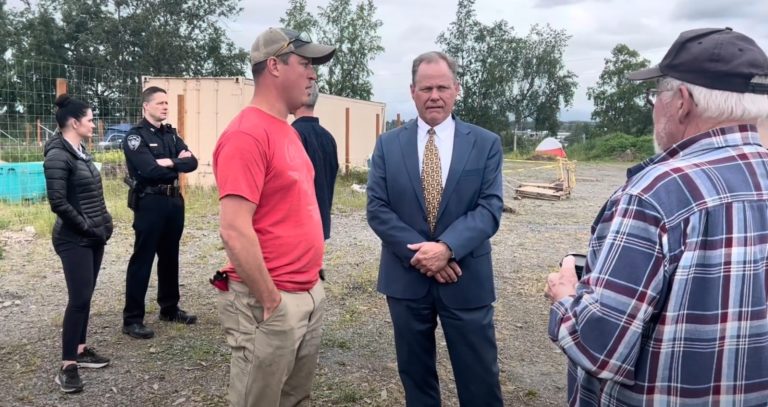By ALEX GIMARC
The Long Trail is a decades long dream of hikers, cyclists, and other outdoor recreation enthusiasts. The project envisions a 500-mile-long, multi-strand, set of trails and paths connecting Fairbanks and Seward.
Like all grandiose projects, this one has had a bumpy path, most recently being slapped down under the Gov. Frank Murkowski Administration in 2006.
Like raw onions on a hamburger, however, it keeps coming back up, over the last two years getting capital budget approvals for connected projects (trail improvements); $4.7 million in 2022 and $1.4 million this year.
The technique by proponents is to request small improvement projects along its projected footprint. This year, the legislature approved trail and access improvements at Eklutna Lakeside Trail, Ram Valley, and Indian Valley. Sen. Bill Wielechowski was quite proud of this in his June, 2023 “Capitol Brief.”
Proponents claim that the proposed trail system is easy to do because it will lie entirely on public lands.
If you look at the public lands between Fairbanks and Seward, there are two obvious choices: Easements along the Alaska Railroad (AKRR) or the Seward Highway. It is the use of these easements that becomes the crux of the opposition, as an easement does not imply or guarantee ownership or the ability to build a trail on it. Easements to widen the Seward Highway will have to be purchased or stolen via condemnation or eminent domain from property owners. Easements along the railroad are something else entirely, as their use for anything other than railroad use is illegal.
For example, AKRR has been at war with its neighbors over use of the railroad easement for decades. In this, AKRR has been the aggressor, and bad actor (according to its neighbors), using an unlimited legal budget and the courts to single out a property owner or two, destroy that owner in court, set a legal precedent later used to force that solution on everyone else with an easement on their property.
I wrote an extended series in Alaska Politics and Elections Online on this in 2021.
For some reason, AKRR has been very, very quiet about the Long Trail, leading property owners to worry that the fix is in. The fix in this case, allow Long Trail recreational access to the AKRR easement.
Should they do that, there will be a problem, as there is a Ninth Circuit opinion in Toews v US 03-5129, July 21, 2004, that holds that the scope of a railroad easement does not encompass its use as a recreational trail. The opinion has not been appealed or reversed.
It was this opinion, among other things that led the Federal Highway Administration to issue a Record of Decision on March 30, 2006, rejecting an attempt by the Municipality and Alaska Department of Transportation and Public Facility to extend the Tony Knowles Coastal Trail from Kincaid Park to Potter Marsh. That Record of Decision has not been reversed, though there is no telling what the Biden administration would choose to do.
So, this project is percolating right along, garnering support from the usual suspects on the political left, including the Senate majority.
Expect them to continue to do piecemeal trail improvements along its proposed length.
Expect them to attempt to strong arm property owners along the Seward Highway or the railroad into agreement / support. Once the railroad capitulates, and it is my opinion that they are already onboard, expect more money to be spent in court than on the trail itself.
And it is all so, so unnecessary. If the Legislature wants to support infrastructure, I have some roads and bridges we need to discuss.
Alex Gimarc lives in Anchorage since retiring from the military in 1997. His interests include science and technology, environment, energy, economics, military affairs, fishing and disabilities policies. His weekly column “Interesting Items” is a summary of news stories with substantive Alaska-themed topics. He was a small business owner and Information Technology professional.
